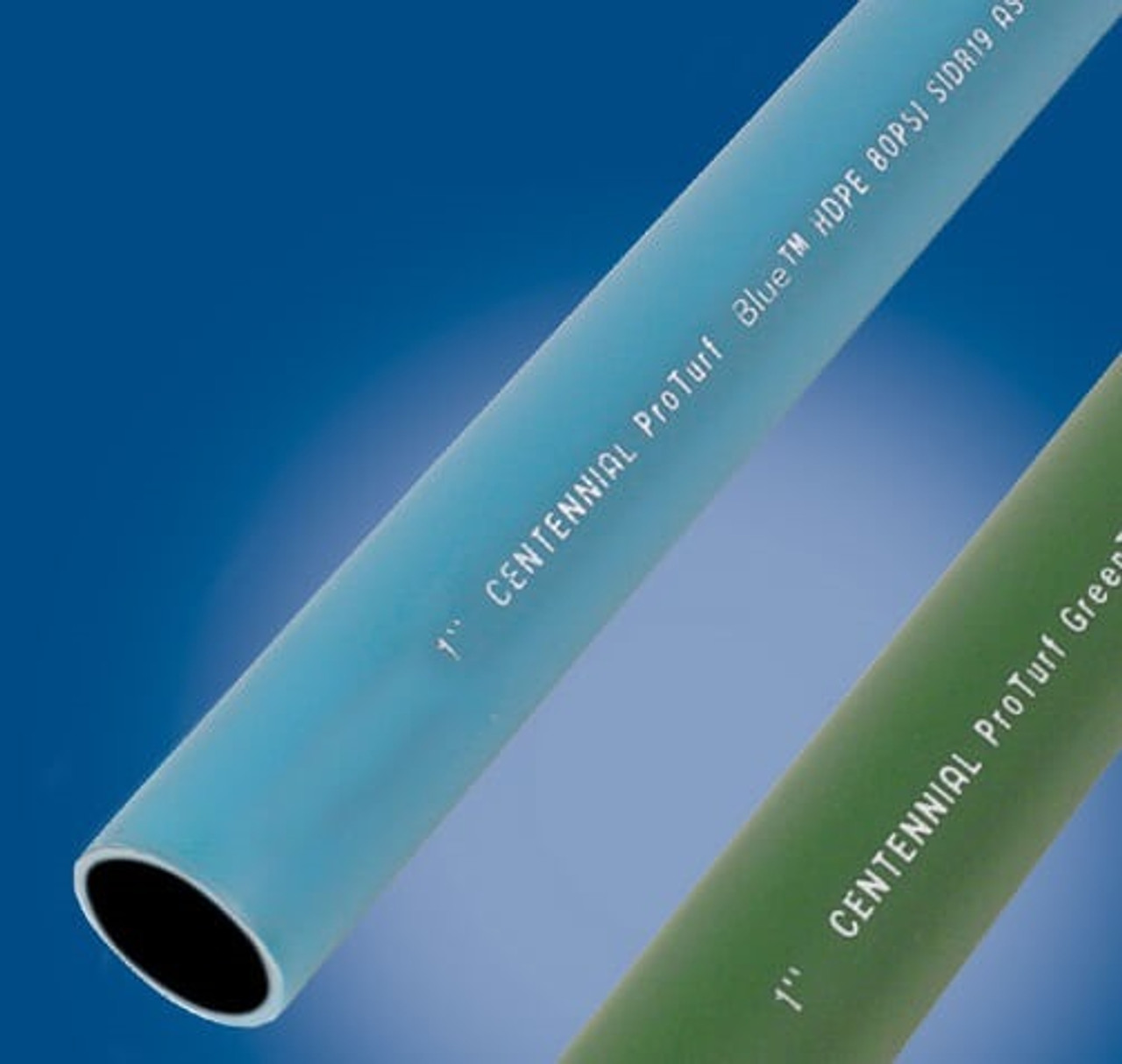Understanding the Trick Perks of HDPE Pipe for Water and Wastewater Administration
Making use of HDPE pipeline in water and wastewater monitoring provides various advantages that warrant consideration. Its phenomenal durability and lengthy life expectancy make it a favored choice for several tasks. Furthermore, the material's resistance to corrosion and chemical damages improves its dependability in various environments. Nonetheless, the advantages extend past simply long life and resistance. Discovering its cost-effectiveness and environmental impact discloses even extra compelling factors for its extensive adoption in contemporary infrastructure
Exceptional Sturdiness and Longevity

HDPE pipeline sticks out for its exceptional sturdiness and long life, making it a preferred option in water monitoring systems. Constructed from high-density polyethylene, these pipes can hold up against significant pressure and anxiety, ensuring trustworthy efficiency in time. Their durable nature permits them to endure extreme environmental problems, including temperature level changes and dirt activities, which can cause other materials to fall short.
The life expectancy of HDPE pipelines typically goes beyond half a century, offering a cost-efficient solution for communities and sectors alike. Additionally, the material's light-weight buildings streamline installation, minimizing labor prices and durations. This resilience reduces the requirement for regular fixings or substitutes, even more improving its economic charm.
In water administration applications, the dependability of HDPE pipelines indicates less disruptions and boosted solution connection, making them integral to lasting infrastructure development. The combination of resilience and long life strengthens HDPE's duty as a foundation in effective water monitoring solutions.

Resistance to Rust and Chemical Damages
While lots of products catch rust and chemical damages over time, HDPE pipelines show exceptional resistance, making them suitable for different water management applications. This resilience originates from the molecular framework of high-density polyethylene, which is inherently non-reactive and does not corrode like steels or break down from exposure to rough chemicals. Consequently, HDPE is extremely effective in settings with hostile substances, such as wastewater systems that might consist of acids, bases, and organic solvents.
In addition, HDPE pipelines can endure ecological aspects such as soil level of acidity and saline conditions, further boosting their suitability for varied applications (Pipe Supplier American Plastics Midland). Their capability to keep structural honesty in time reduces the danger of leakages and failures, which is essential in making sure the safety and dependability of water distribution and wastewater administration systems. Consequently, the resistance to rust and chemical damages significantly adds to the general performance and longevity of HDPE piping remedies
Cost-Effectiveness and Financial Benefits
When thinking about the financial ramifications of water management systems, the cost-effectiveness of HDPE pipelines becomes obvious. These pipelines provide reduced setup and upkeep prices compared to conventional products like metal or concrete. Their light-weight nature simplifies transportation and setup, causing lowered labor expenses. In addition, HDPE pipelines show a long life-span, frequently surpassing half a century, which translates to fewer replacements and long-lasting cost savings.
The resistance of HDPE to corrosion and chemical damage lessens the demand for pricey repair work and substitutes. The pipelines also support effective water circulation, lowering power prices connected with pumping systems. By minimizing leaks and water loss, HDPE pipes add to significant economic advantages for districts and sectors alike. On the whole, the initial investment in HDPE piping can generate considerable financial returns over the life-span of the water management system, making it a prudent option for lasting infrastructure growth.
Ecological Sustainability and Minimized Effect

Versatility and Adaptability in Setup
Since of their distinct homes, HDPE pipes offer impressive convenience and versatility in installation, making them ideal for a large range of applications. Their light-weight nature enables for simpler handling and transport, lowering labor expenses and installation time. HDPE pipelines can be curved and shaped to fit numerous terrains here and project requirements, which is especially useful in challenging atmospheres.
Additionally, their resistance to rust and chemical damage enables setup in varied settings without the requirement for specialized protective coverings. The ability to fuse joints produces a continuous, leak-free system, boosting the general honesty and dependability of the installation. HDPE's adaptability likewise suits ground motion, reducing the threat of damage in locations prone to moving dirt. In general, these features make HDPE pipes not just flexible yet also a recommended choice for water and wastewater monitoring systems.
Frequently Asked Inquiries
How Does HDPE Pipeline Compare to PVC in Water Administration Applications?
HDPE pipeline offers remarkable adaptability, resistance to corrosion, and sturdiness contrasted to PVC. Its lighter weight facilitates simpler installment, while its lengthy life expectancy lowers substitute prices, making HDPE a preferred option in water monitoring applications.
What Is the Lifespan of HDPE Pipeline Under Normal Conditions?
Under typical conditions, HDPE pipes can have a life expectancy ranging from 50 to 100 years. Their durability and resistance to corrosion add to their lasting efficiency in different applications, making them a trustworthy option for facilities.
Are HDPE Pipes Recyclable After Their Life Span?
Yes, HDPE pipelines are recyclable after their life span. American Plastics HDPE Pipe Manufacturing. They can be refined and repurposed into brand-new products, greatly minimizing environmental impact and advertising sustainability within the market, making them an environmentally friendly selection for piping solutions
What Is the Installation Process for HDPE Piping?
The installment procedure for HDPE pipelines includes website prep work, trenching, pipeline combination or mechanical signing up with, backfilling, and stress testing. Correct strategies guarantee a sturdy and effective system for carrying water and wastewater properly.
Can HDPE Pipes Be Utilized for Both Drinkable and Non-Potable Water Systems?
Yes, HDPE pipes can be utilized for both drinkable and non-potable water supply. Their versatility, sturdiness, and resistance to rust make them appropriate for various applications, ensuring safe and effective transportation of water in different contexts.